When it comes to buying insurance — especially vehicle insurance — the most common term you’ll hear is “third-party insurance.” It sounds technical, but it’s actually quite simple. And in India, it’s also legally required if you own a car or a two-wheeler.
In this article, we’ll break down exactly what third-party insurance is, how it works, and why you must consider it — even if you think you’ll never need it.
🚘 What Is Third-Party Insurance?
Third-party insurance is a type of policy that provides coverage for damages or injuries caused by you to someone else or their property. The “third party” here refers to any other person affected by your actions.
This type of insurance does not cover your own losses — only the losses you cause to others.
In simpler terms:
If you accidentally hit someone’s car or injure a pedestrian, your insurer will compensate the affected party under this policy.
👤 Who Are the “Three Parties”?
Let’s quickly decode the three parties involved:
First Party: You (the policyholder or vehicle owner)
Second Party: The insurance company
Third Party: The person affected by your actions (injured or whose property is damaged)
⚖️ Is It Mandatory in India?
Yes — under the Motor Vehicles Act, 1988, third-party motor insurance is mandatory for all vehicles in India. Whether it’s a car, bike, or commercial vehicle, if it’s on the road, it needs third-party coverage.
Driving without it can lead to penalties, fines, and even legal trouble.
📋 What Does It Cover?
Here’s what you’re protected against with third-party insurance:
✅ Injury or death of a third party (including pedestrians or passengers)
✅ Damage to third-party property (like another vehicle, wall, or shop)
✅ Legal liabilities arising from such incidents
Your insurer handles the legal proceedings and compensation, so you’re not personally responsible for paying huge amounts.
❌ What It Doesn’t Cover
This policy won’t cover the following:
❌ Any damage to your own vehicle
❌ Injuries you or your co-passengers suffer
❌ Theft or natural disasters affecting your car
❌ Personal accident cover (unless added separately)
📌 Coverage in Third-Party Insurance
In India, third-party insurance provides two key coverages:
🚗 Third-Party Property Damage: The sum insured varies but typically covers up to ₹7.5 lakh for property damage caused by your vehicle.
💔 Third-Party Death/Injury: For death, the compensation is unlimited (decided by courts), while for grievous injury, it can go up to ₹10 lakh per person.
💡 When Should You Choose Third-Party Only?
Third-party-only insurance makes sense when:
✅ Your vehicle is old or not high-value
✅ You’re looking for basic, budget-friendly coverage
✅ You’re only concerned about meeting legal requirements
For new or expensive vehicles, a comprehensive policy is usually better as it includes third-party + own damage coverage.
📊 Pros & Cons at a Glance
| Pros | Cons |
|---|---|
| ✔️ Lower premiums | ❌ No own vehicle damage cover |
| ✔️ Legally compliant | ❌ Limited protection |
| ✔️ Simple and easy to understand | ❌ Doesn’t include theft/fire cover |
🤔 Final Thoughts
Third-party insurance might seem like a bare minimum, but it’s the foundation of responsible driving. Accidents can happen in seconds — and without this coverage, you could be facing heavy legal and financial consequences.
If you’re just starting out with vehicle ownership or simply want to stay compliant with the law, third-party insurance is a must-have. And even if you later upgrade to a comprehensive policy, this basic layer of protection will always be part of it.
💬 Have questions about which insurance suits you best? Drop them in the comments below or follow @Invest-ology for more clear, jargon-free financial advice!
Follow us on Instagram 👉 Invest_ology_
Explore more 👇
What is Comprehensive insurance policy?
Third-Party vs. Comprehensive Car Insurance: Which One Should You Choose?
.png)



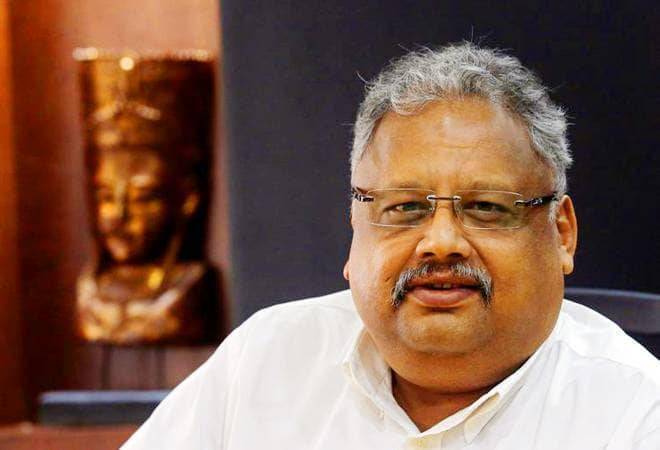
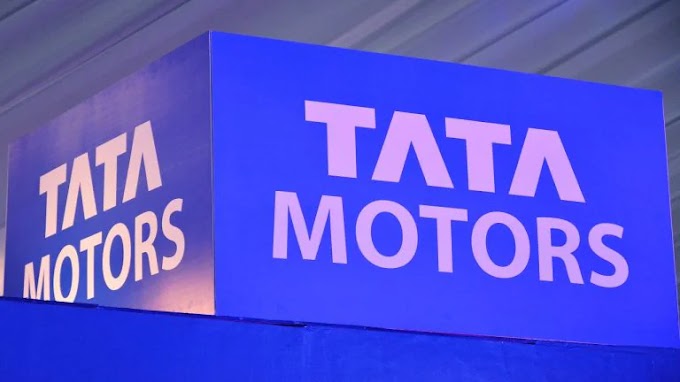


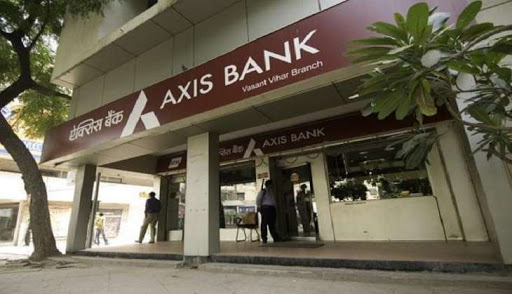
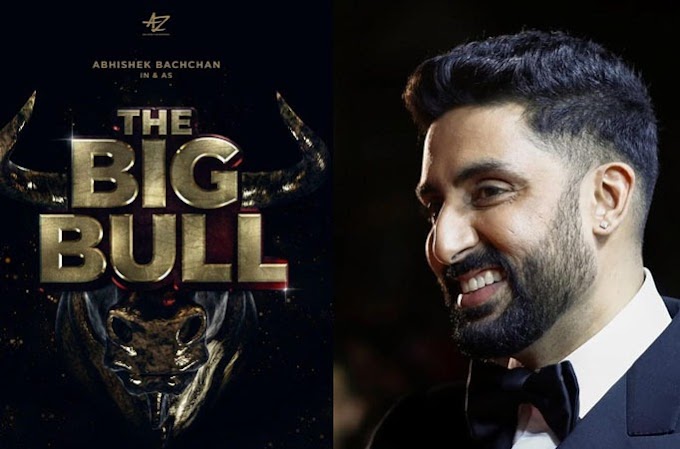


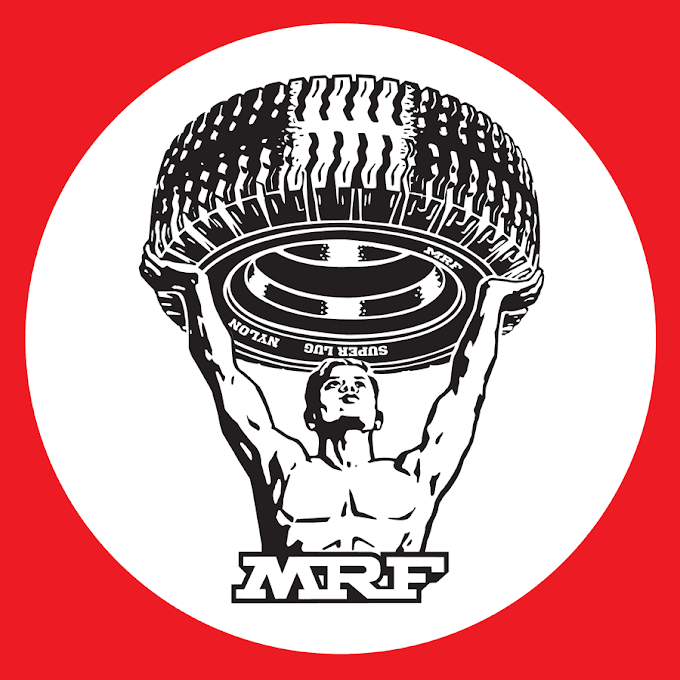

0 Comments
Have any query? Comment below!